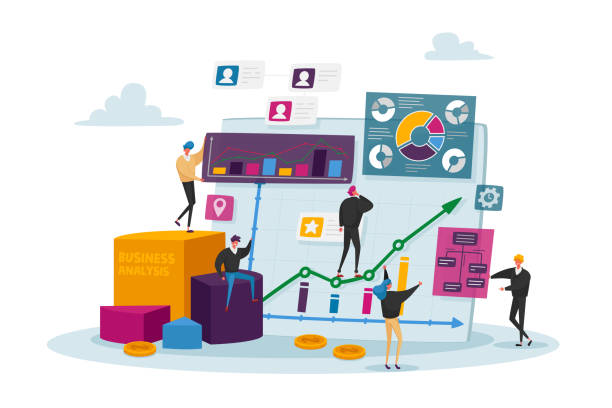The first step in any data mining project is the gathering of data, therefore using methods like web scraping is a valuable technique that allows you to gather data from the Internet.
Web scraping is the process of gathering information from websites. This information can be obtained by using a program called a web scraper, which scrapes the web page and extracts the desired information.
This technique is used by many companies to gather data from the internet. the resulting data can be used for many different things, such as improving the user experience on a website, analyzing search engine results, or even just for market research purposes.
However, web scraping in today’s landscape is not without its challenges. Websites have become more complex, with dynamic content, JavaScript-based rendering, and anti-scraping measures in place. These obstacles make traditional web scraping techniques cumbersome and prone to errors.
Using an API to do web scraping is the easiest way to automate the process and reduce the complexity of web scraping. These tools are designed to provide easy access to website data, and they often come with built-in features such as authentication and rate limiting.
This allows users to access data in a structured and consistent manner, making it easier to process and analyze. That is why we would like to tell you how you can overcome different challenges of web scrapping using an API.

How To Solve Web Scraping Challenges With An API?
So, now that you know what web scraping is and its benefits, it’s time to talk about challenges. Some challenges come with web scraping.
The first one is speed. Scraping websites can be slow due to various factors such as server load, network speed, etc. Another challenge is accuracy. Sometimes, when scraping websites, some information can get lost in translation and not be accurate at all.
Luckily for us, there are solutions to these challenges. One solution is using an API. Mainly, because they provide a structured and standardized way to access website data, bypassing the need to navigate complex website structures.
And also, offer endpoints specifically designed to retrieve the desired information, eliminating the need to parse and extract data manually.
APIs also handle dynamic content and JavaScript rendering, as they provide access to the data in its processed and rendered state.
This ensures that the scraped data is accurate and up-to-date. Additionally, APIs often include rate limiting and authentication mechanisms, ensuring compliance with website policies and avoiding IP blocking.
Here is an example of an endpoint so you can get an idea of how you can use an API like Klazify:
{
"domain": {
"categories": [
{
"confidence": 0.88,
"name": "/Food & Drink/Beverages/Soft Drinks"
}
],
"domain_url": "https://cocacola.com",
"logo_url": "https://klazify.s3.amazonaws.com/10217656071627394217610010a94220b1.29964748.png",
"social_media": null
},
"success": true,
"similar_domains": [
"disney.go.com",
"thedesignersrepublic.com",
"thecoca-colacompany.com",
"pepsi.com",
"cokecce.com",
"mcdonalds.com",
"en.wikipedia.org"
]
}How Can You Get Started With A Data Collection API?
Well, if you’re looking for an easy-to-use API that allows you to quickly collect the information you need; we recommend Klazify. Just follow these simple steps:

1-Go to Klazify and create your account for free.
2-After signing up, each developer is given a unique API access key that enables them to access the API endpoint.
3-To authenticate with Klazify API; include your bearer token in the Authorization header.
That’s all there is to it! So what are you waiting for? Start collecting data using Klazify today with a 7-day free trial!
Related post: A Lead Enrichment API Can Change Your Marketing Strategies Forever!

